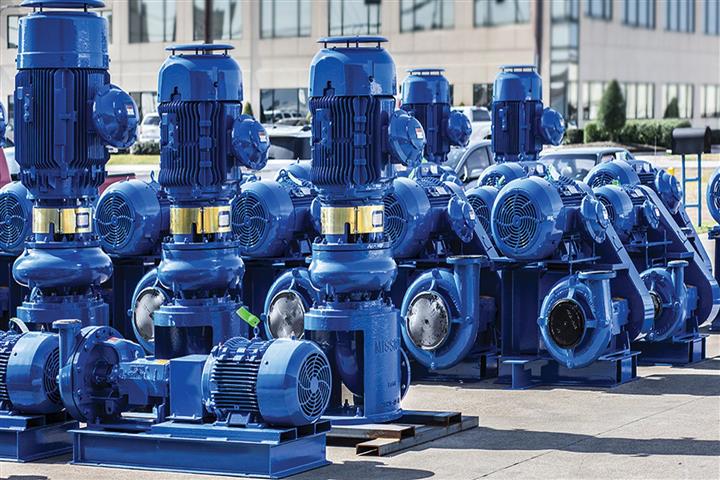Pump performance
• Flow in a pump, velocities triangle, internal flow and energy losses. Theoretical and practical head: characteristic curve. Other characteristics: efficiency, power. Internal heating: minimal thermal flow. NPSH required: cavitation. Changes in characteristics vs rotation, viscosity, impeller shape, cavitation.
Pipe system
• Liquid flows in pipes: friction losses. System curve, resistance of flow and throttling control. Operating point: normal and maximum capacities, change in fluid characteristics and incidence on operating conditions.
Case study: study of a reflux line and its pump.
Centrifugal pump selection criteria
• Construction and technology: API and ISO specifications. Internal forces and mechanical criteria: shaft sag, balancing, ring clearances. Specific numbers, impeller and pump shape, suction conditions.
Mechanical seal selection criteria
• Selection according API or ISO standards, materials, type. Stability, friction face heating. Safety and environment: typical arrangements (single, double, dry seal).
Installation selection criteria
• Suction and discharge pipe design. NPSH available; base plate and grouting. Auxiliary pipes and devices.
Others selection criteria
• Coupling and driven machines. Safety and environment: ATEX instructions. Specific solutions: canned motor pump, magnetic drive pump.
Technology
• Different types of pumps: rotary and reciprocating pumps Operating principle and utilization of the different types of pumps.
Performance
• Influence of clearance, internal leaks, nature of product on flow rate and pressure Flow rate regulation Installation guidelines: position of tanks, line diameters, metering drums, pulsation dampeners, pressure valves.
Preparation: filling, draining; spare pumps: heating, auxiliaries.
Start-up / Shut down: priming, remote/local controls, hammer shock, risks for process and pump.
Survey: parameters (vibration levels, noises, bearing housing temperature, motor intensity, pressures); process incidences (discharge pressure, viscosity, specific gravity, intensity); hazards.
Parallel and series operations: risks, dysfunction.
Reliability: types and origins of damages (wear, ruptures, cavitation, leakages); ways of improvement.
Safety conditions.






comments (0)